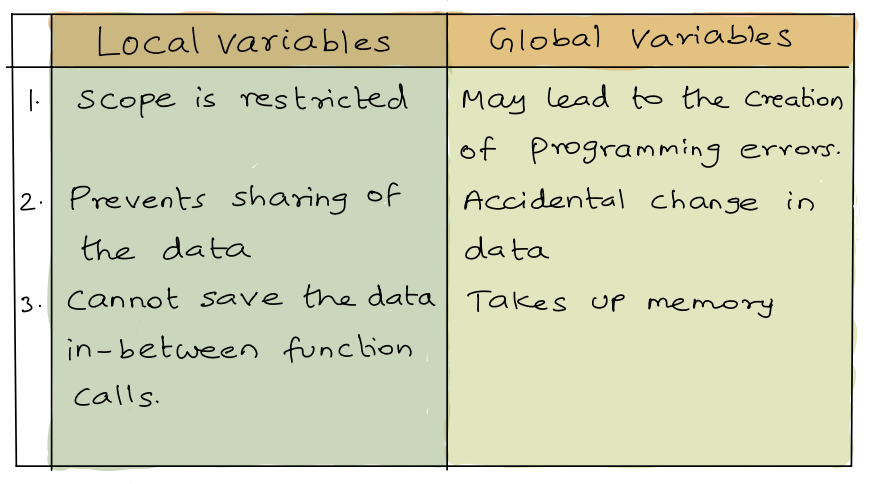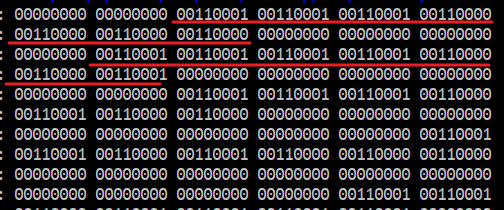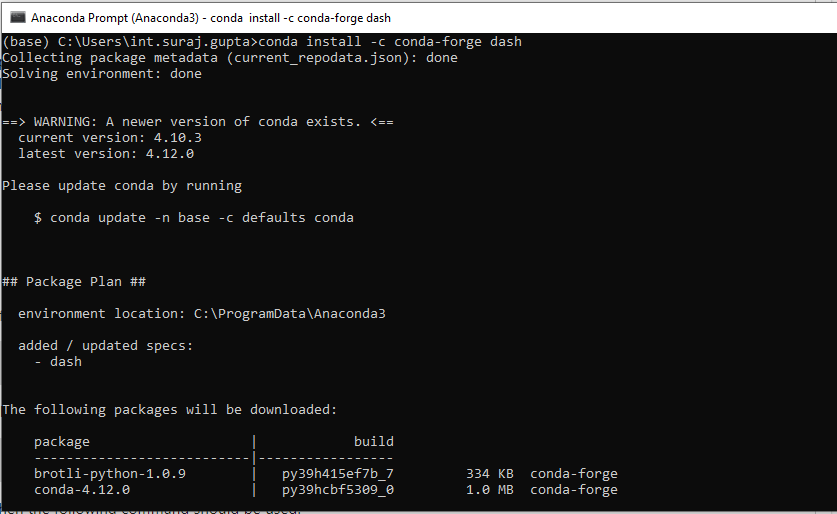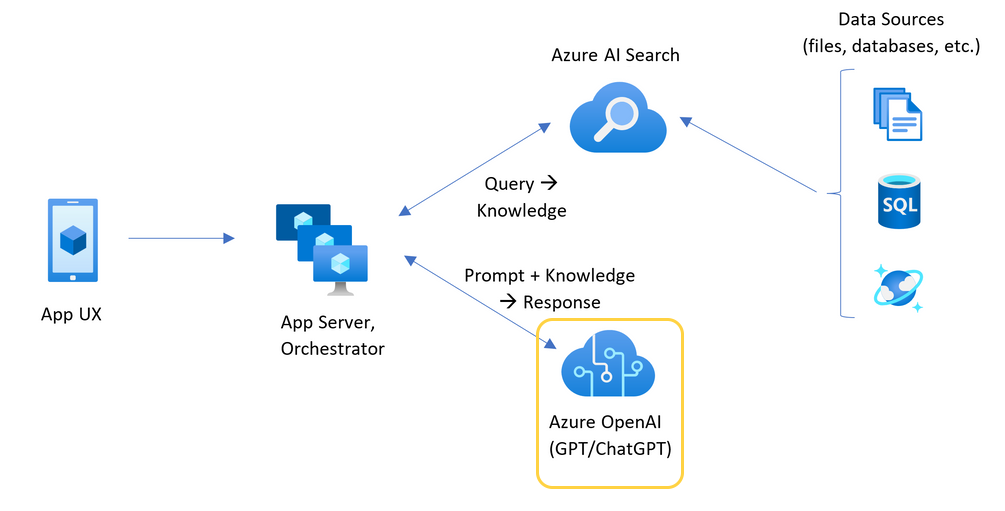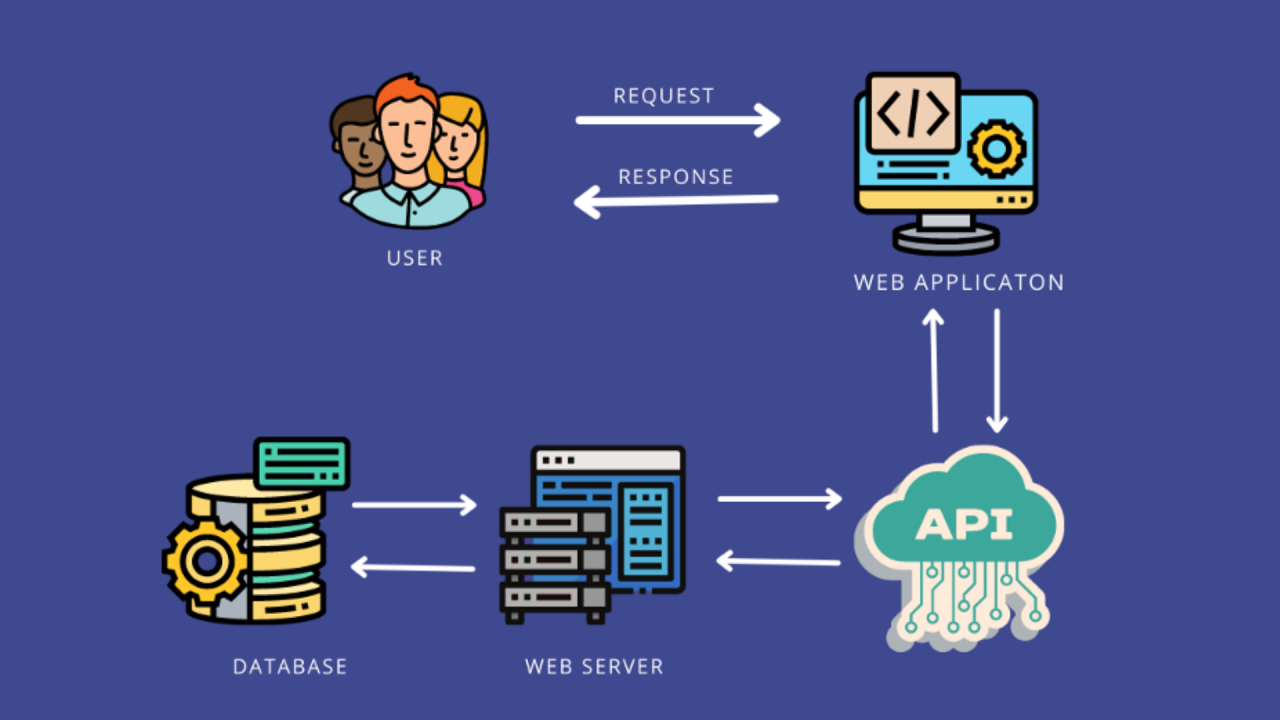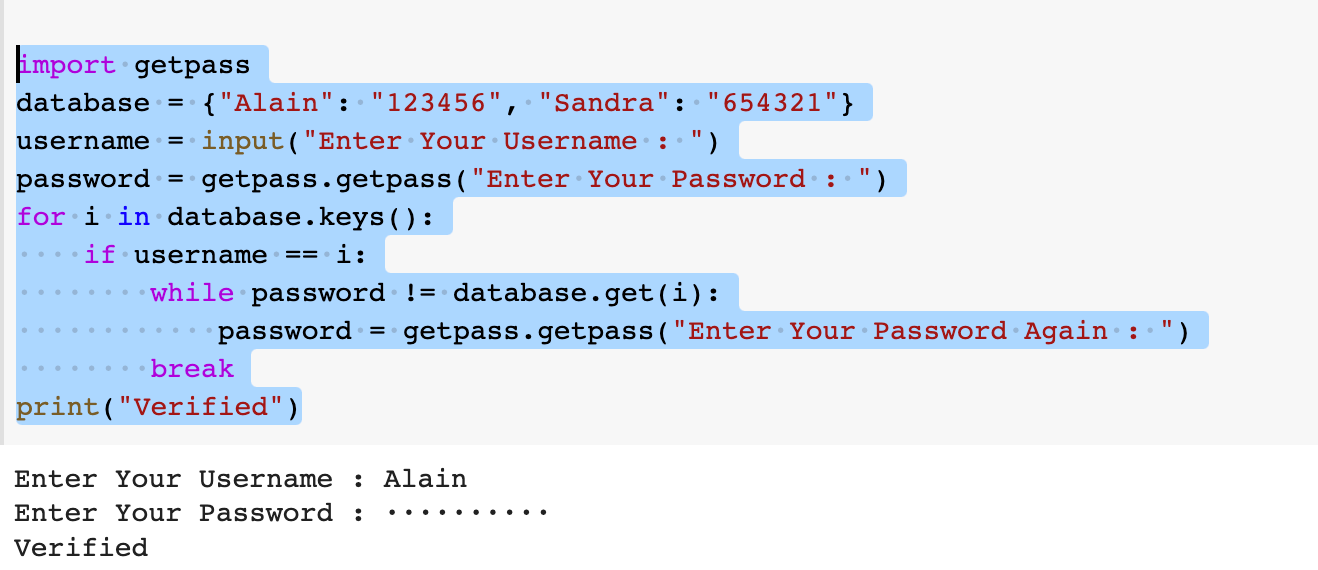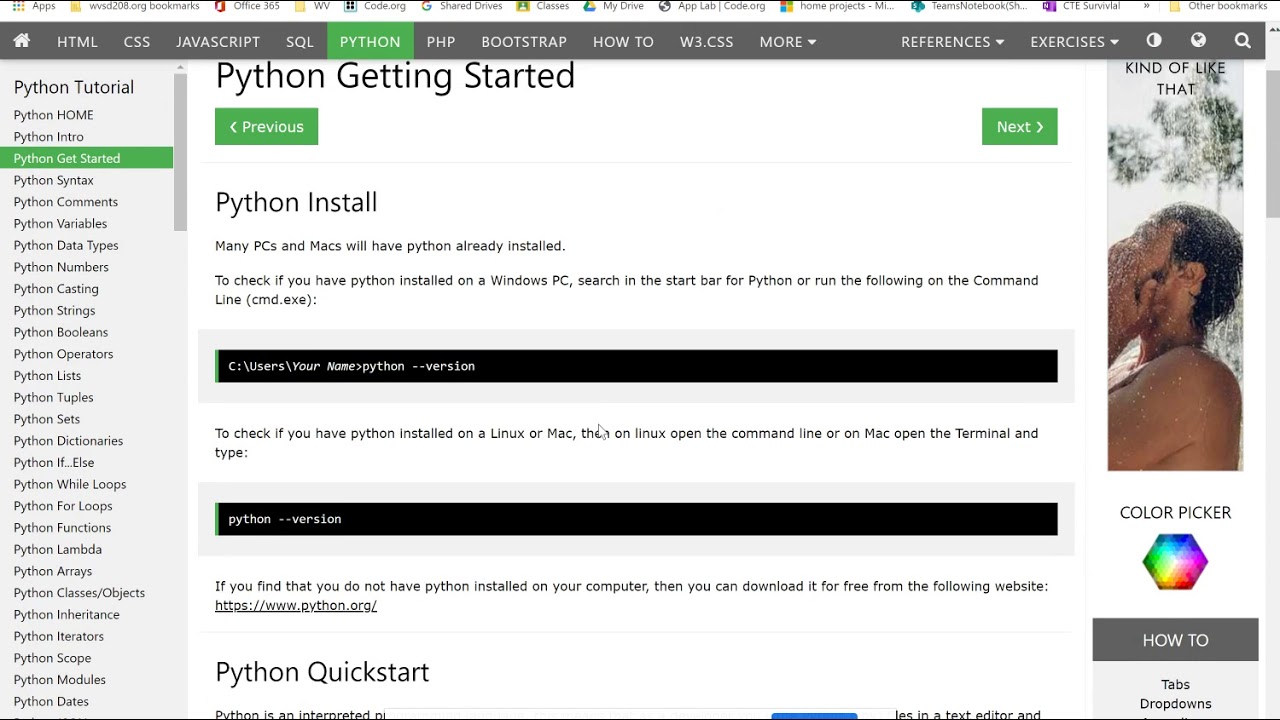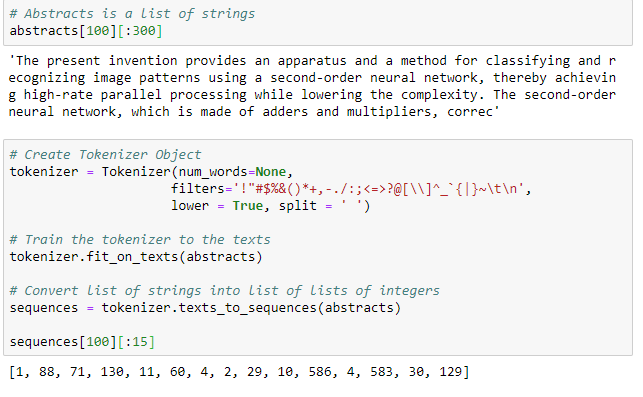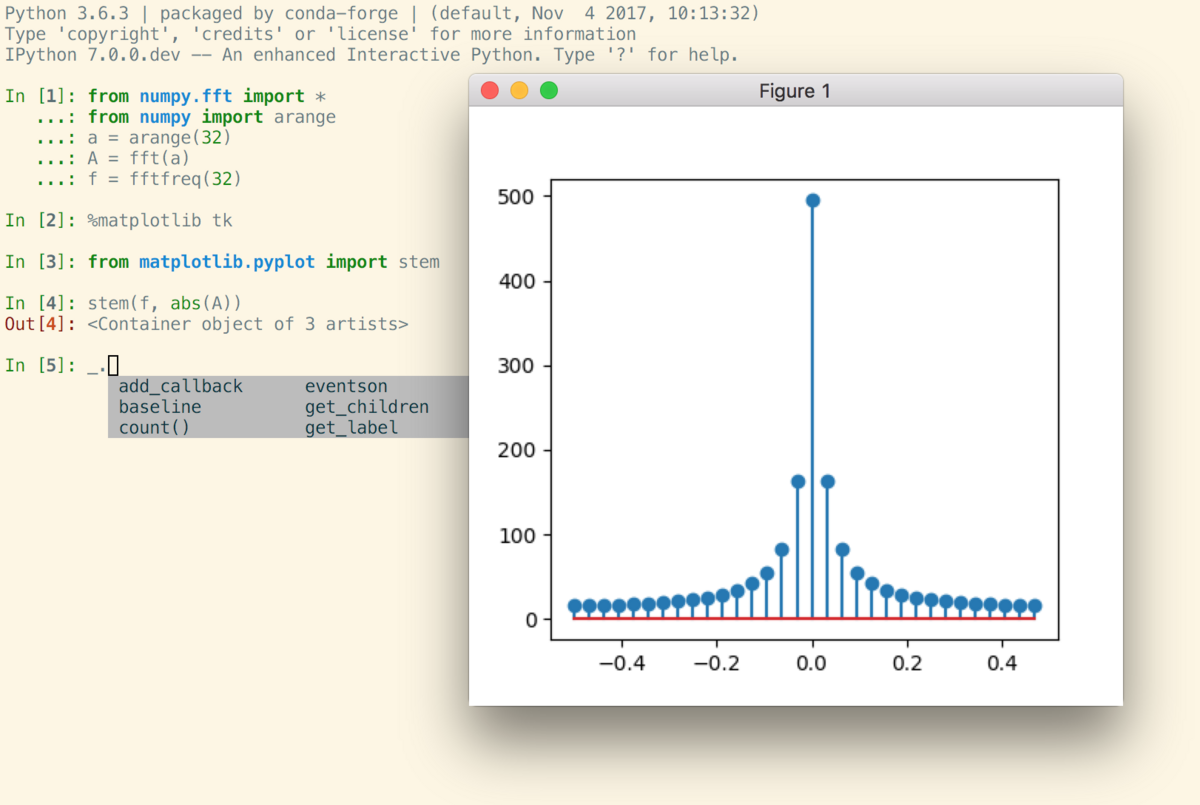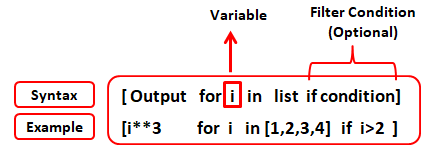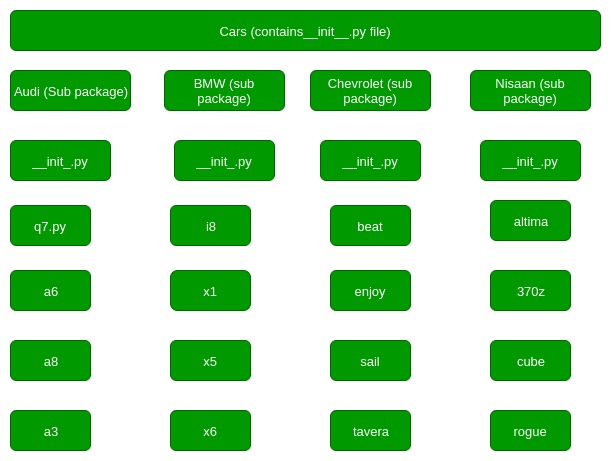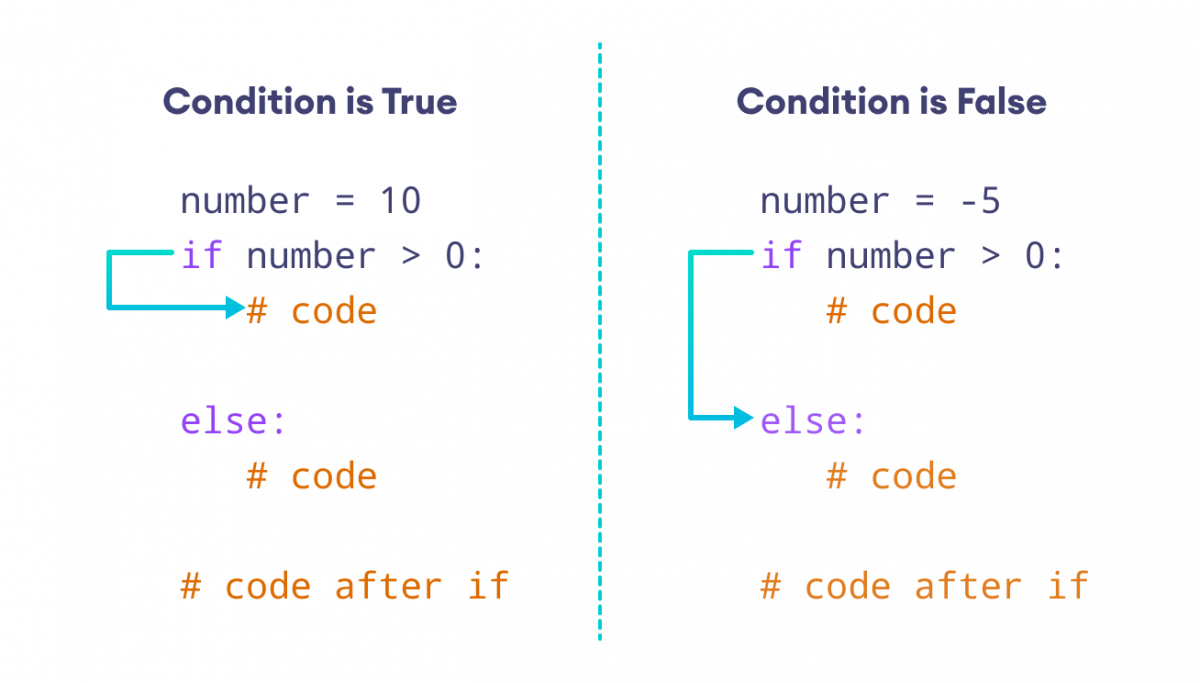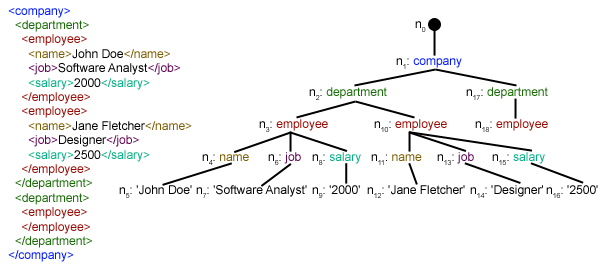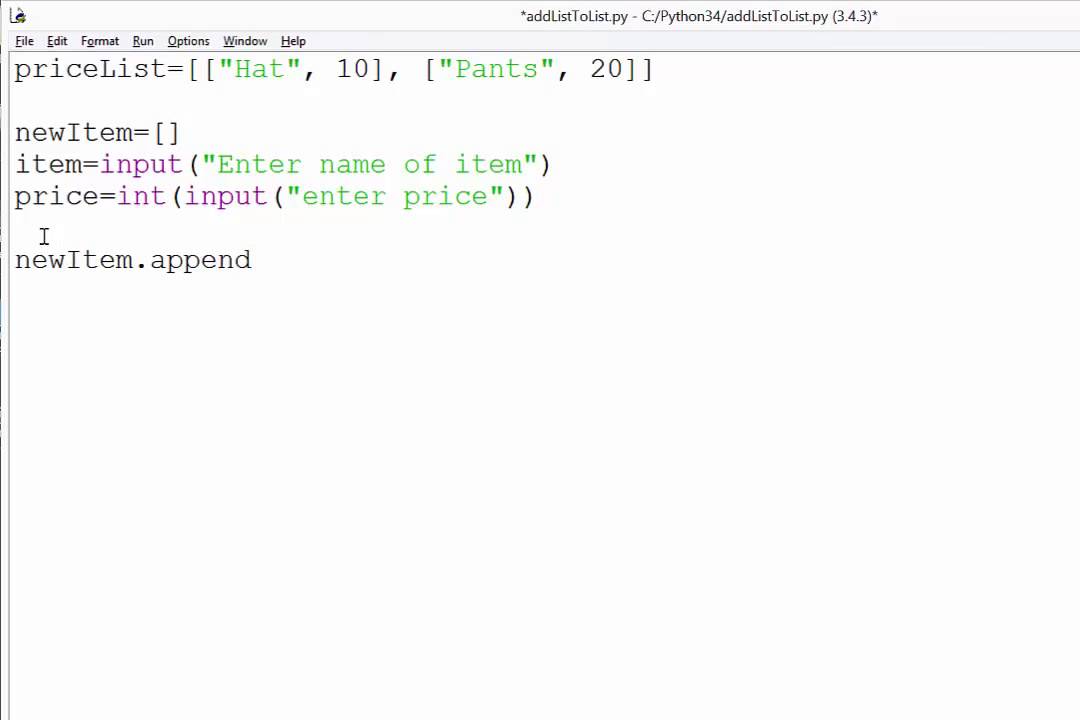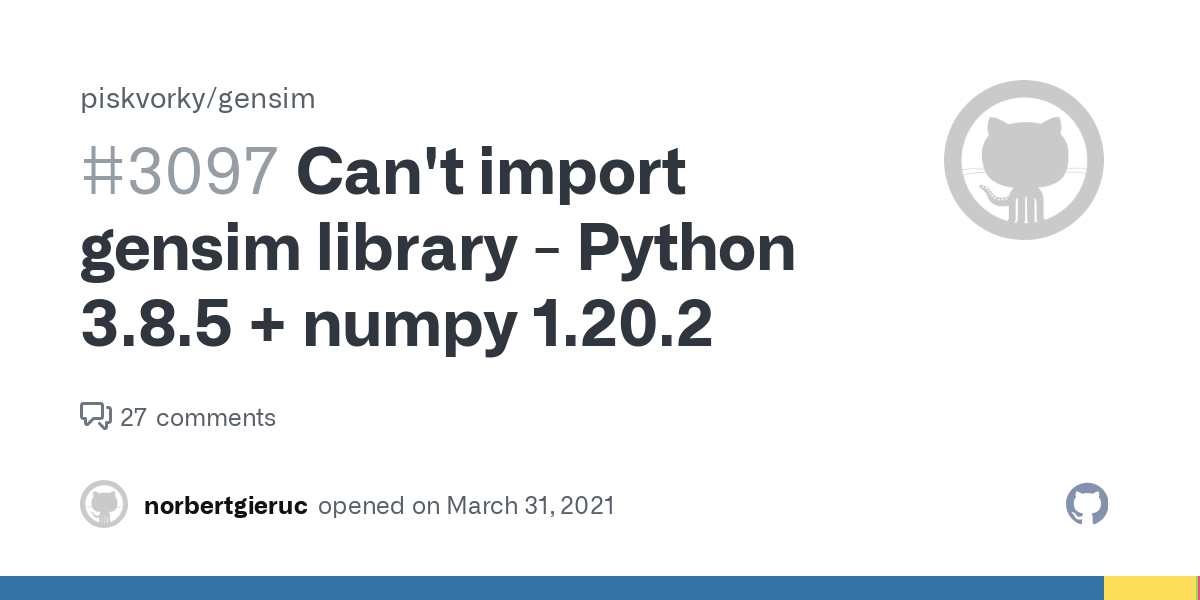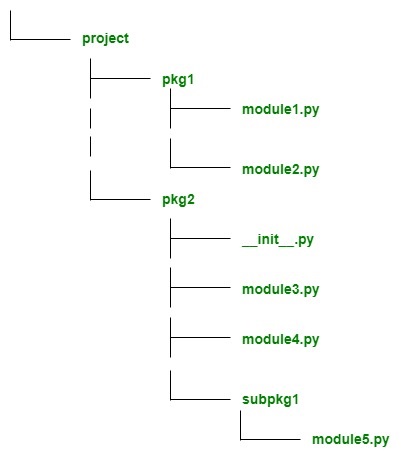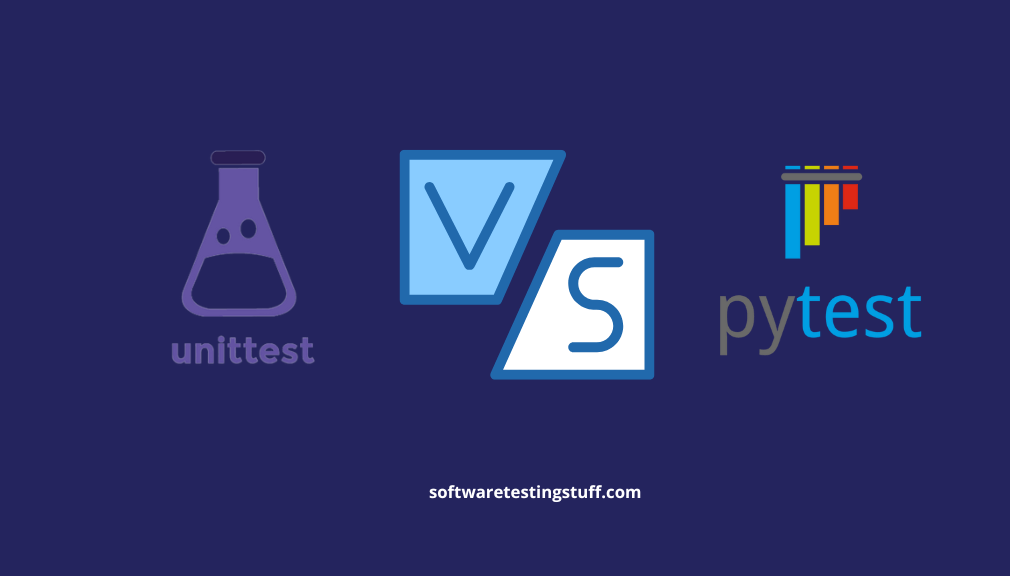api testing using python requests
api testing using python requests

Here's a comprehensive guide on how to perform API testing using Python and the requests library.
What is API Testing?

API (Application Programming Interface) testing involves verifying that an application's API functions as expected, returning the correct data and responses. This process ensures that APIs are reliable, secure, and efficient for consuming applications.
Why Use Python Requests?
The requests library in Python provides a simple, intuitive way to send HTTP requests and interact with web services. Its popularity stems from its ease of use, flexibility, and extensive community support. Here's why you should choose Python requests for API testing:
requests library is easy to learn and use, making it suitable for both beginners and experienced developers. Flexibility: It supports a wide range of HTTP request types (GET, POST, PUT, DELETE, etc.) and allows you to customize headers, query parameters, and data payloads. Extensive community support: The requests library has an extensive user base, ensuring that any issues or questions you have will be addressed quickly.
How to Use Python Requests for API Testing
Here's a step-by-step guide on how to use the requests library for API testing:
requests library using pip:
pip install requests
requests library:
Specify API endpoint and method: Define the API endpoint URL and the HTTP request method (GET, POST, PUT, DELETE, etc.) you want to use:import requests
Set headers and query parameters (optional): If needed, set custom headers and query parameters for your API request:api_endpoint = "https://api.example.com/users"method = "GET"
Send the HTTP request: Use theheaders = {"Authorization": "Bearer YOUR_API_KEY"}params = {"page": 1}
requests library to send the HTTP request:
Verify API response: Inspect the response status code and content to ensure it meets your expectations:response = requests.request(method, api_endpoint, headers=headers, params=params)
Handle errors (optional): If you want to catch any exceptions or errors that occur during the API request, useif response.status_code == 200:print("API returned a successful response!")
else:
print(f"API returned an error: {response.text}")
try-except blocks:
Repeat and test different scenarios: Repeat the process for various API endpoints, methods, and parameter combinations to thoroughly test your API's functionality.try:response = requests.request(method, api_endpoint, headers=headers, params=params)
except requests.exceptions.RequestException as e:
print(f"Error occurred: {e}")
Best Practices and Tips
When using Python requests for API testing:
Test locally before moving to production: Use a local testing environment (e.g.,unittest framework) to ensure your API tests work as expected. Keep your tests independent and modular: Structure your tests so that each test is self-contained and easy to understand, reducing maintenance and debugging time. Use descriptive variable names: Choose meaningful variable names to improve code readability and reduce confusion. Document your tests and results: Keep a record of your API tests and their outcomes for future reference and auditing purposes.
By following these steps and best practices, you can effectively use Python requests to perform API testing and ensure the reliability and security of your APIs.
playwright python api testing

I'd be happy to help with that! Here's a detailed guide on how to use the Python API for playwright:
What is Playwright?
Playwright is a Node.js library to automate Chromium, Firefox and WebKit with a single API. It provides high-level APIs and interfaces first-class support for browsers ecosystem. You can run your test scripts in parallel across multiple browsers and platforms.
Getting Started with Playwright Python API
To use the Playwright Python API, you need to install it using pip:

pip install playwright
Once installed, you can import the playwright module in your Python script:

import asyncio
from playwright.core import Playwright, Browser, Page
Launching a Browser
You can launch a browser instance using the Playwright().launch() method:
async def run():playwright = Playwright()
browser = await playwright.chromium.launch(headless=False)
page = await browser.new_page()
Your test script here...await page.close()
await browser.close()
Creating a New Page
To create a new page, you can use the browser.new_page() method:
page = await browser.new_page()
You can then navigate to a URL using the page.goto() method:
await page.goto('https://example.com')
Waiting for Elements
Playwright provides several methods for waiting for elements, such as:
page.wait_for_selector(): Wait for an element with the given selector. page.wait_for_text() : Wait for an element to contain the given text.
await page.wait_for_selector('#my-element')
Filling Out Forms
To fill out forms, you can use the page.fill() method:
await page.fill('input[name="username"]', 'your-username')
Submitting Forms
To submit a form, you can use the page.click() method:
await page.click('button[type="submit"]')
Verifying Page Content
Playwright provides several methods for verifying page content, such as:
page.contains_text(): Check if the page contains the given text. page.contains_selector(): Check if the page contains an element with the given selector.
assert await page.contains_text('Example Text')
Asynchronous Testing
Playwright provides support for asynchronous testing using the asyncio library:
import asyncioasync def run():
playwright = Playwright()
browser = await playwright.chromium.launch(headless=False)
page = await browser.new_page()
Your test script here...await page.close()
await browser.close()
asyncio.run(run())
Parallel Testing
Playwright provides support for parallel testing using the concurrent.futures library:
import concurrent.futuresdef run_tests(tests):
with Playwright() as pwa:
browsers = [pwa.chromium.launch(headless=False) for _ in range(3)]
pages = [browser.new_page() for browser in browsers]
Run your tests here...for page in pages:
await page.close()
for browser in browsers:
await browser.close()
def main():
with concurrent.futures.ThreadPoolExecutor(max_workers=3) as executor:
futures = {executor.submit(run_tests, tests): tests for _ in range(3)}
for future in futures:
run_tests(future.result())
if name == "main":
main()
This is just a basic overview of how to use the Playwright Python API. You can learn more about its features and capabilities by visiting their official documentation.
Advantages
Parallel Testing: Run your tests in parallel across multiple browsers and platforms. High-Level APIs: Use high-level APIs that abstract away low-level details, making it easier to write test code. First-Class Support for Browsers Ecosystem: Playwright provides first-class support for the browsers ecosystem, including Chromium, Firefox, and WebKit.Disadvantages
Steep Learning Curve: Playwright has a complex architecture that can take time to learn and master. Limited Browser Support: While Playwright supports multiple browsers, it may not cover all possible browsers or versions.In conclusion, the Playwright Python API provides a powerful way to automate browser-based testing and offers many advantages over traditional testing approaches. However, it also has some limitations that you should consider when deciding whether to use it in your project.

